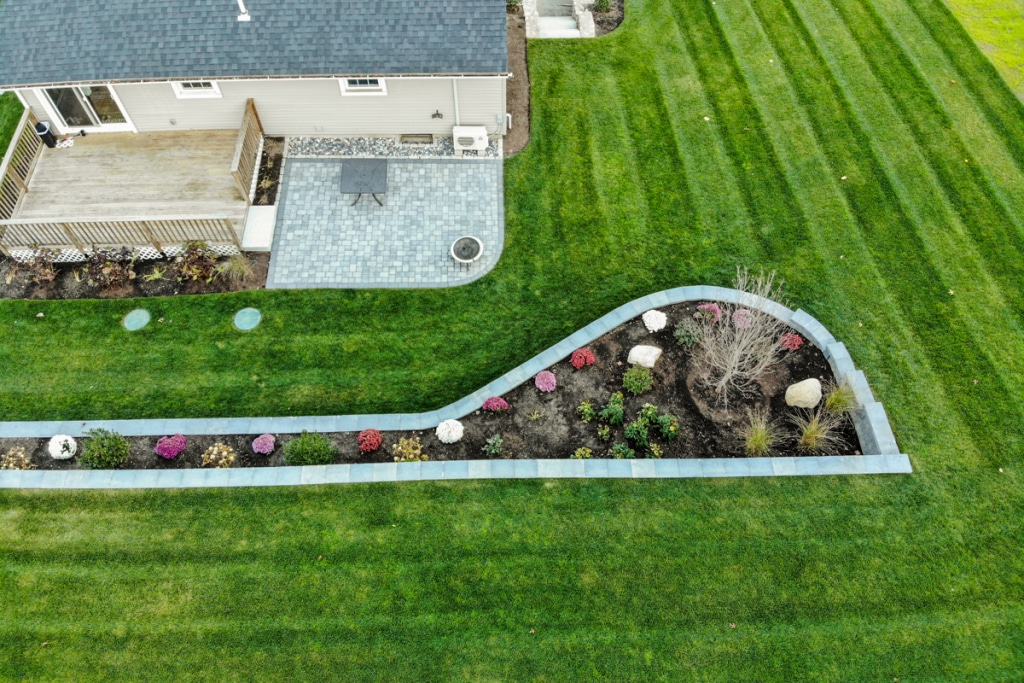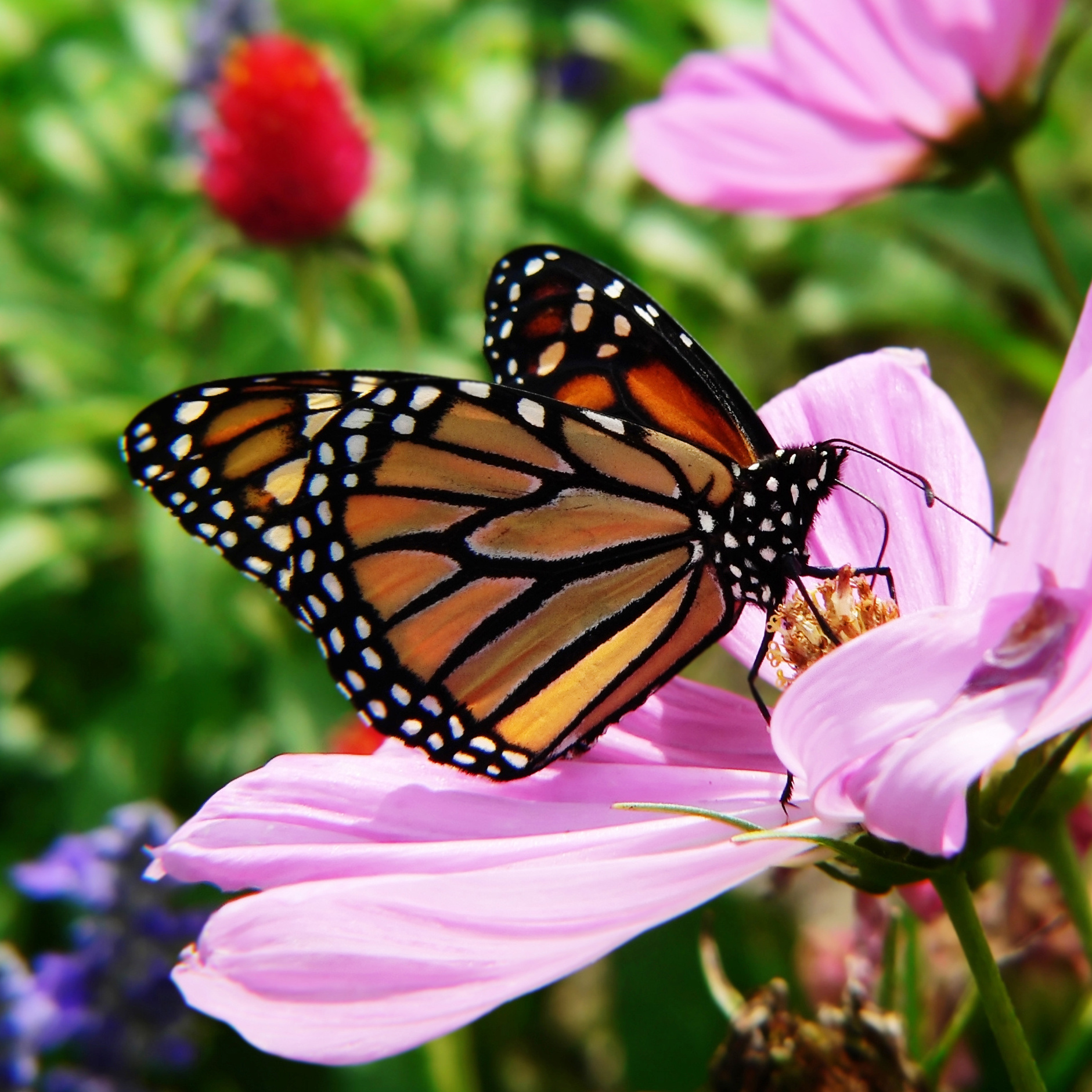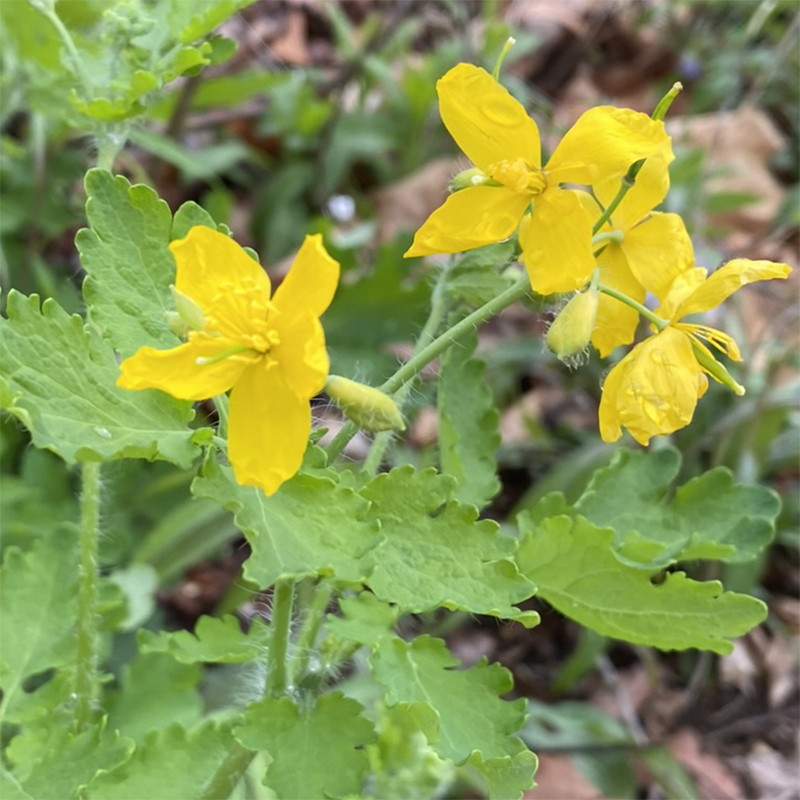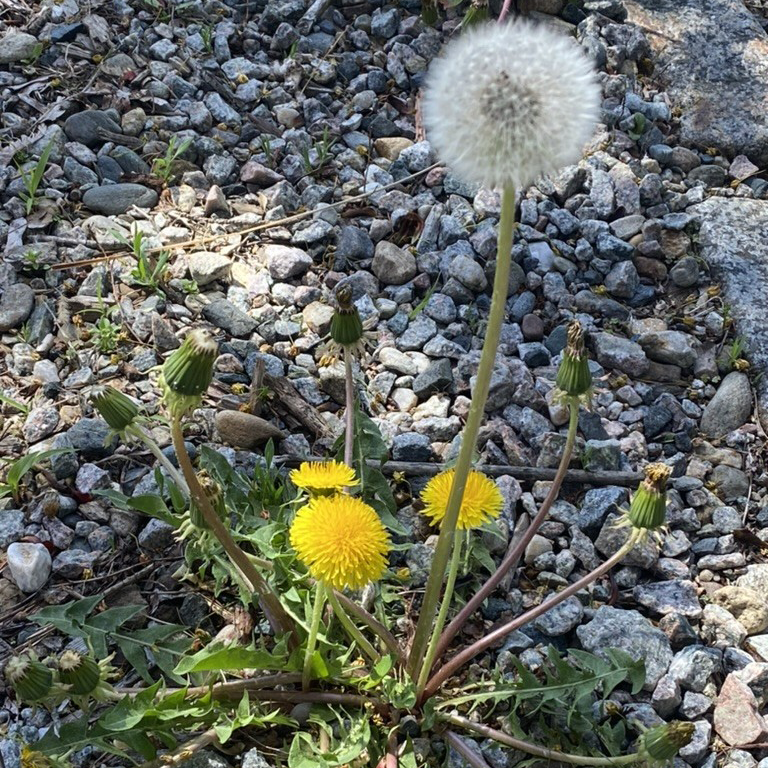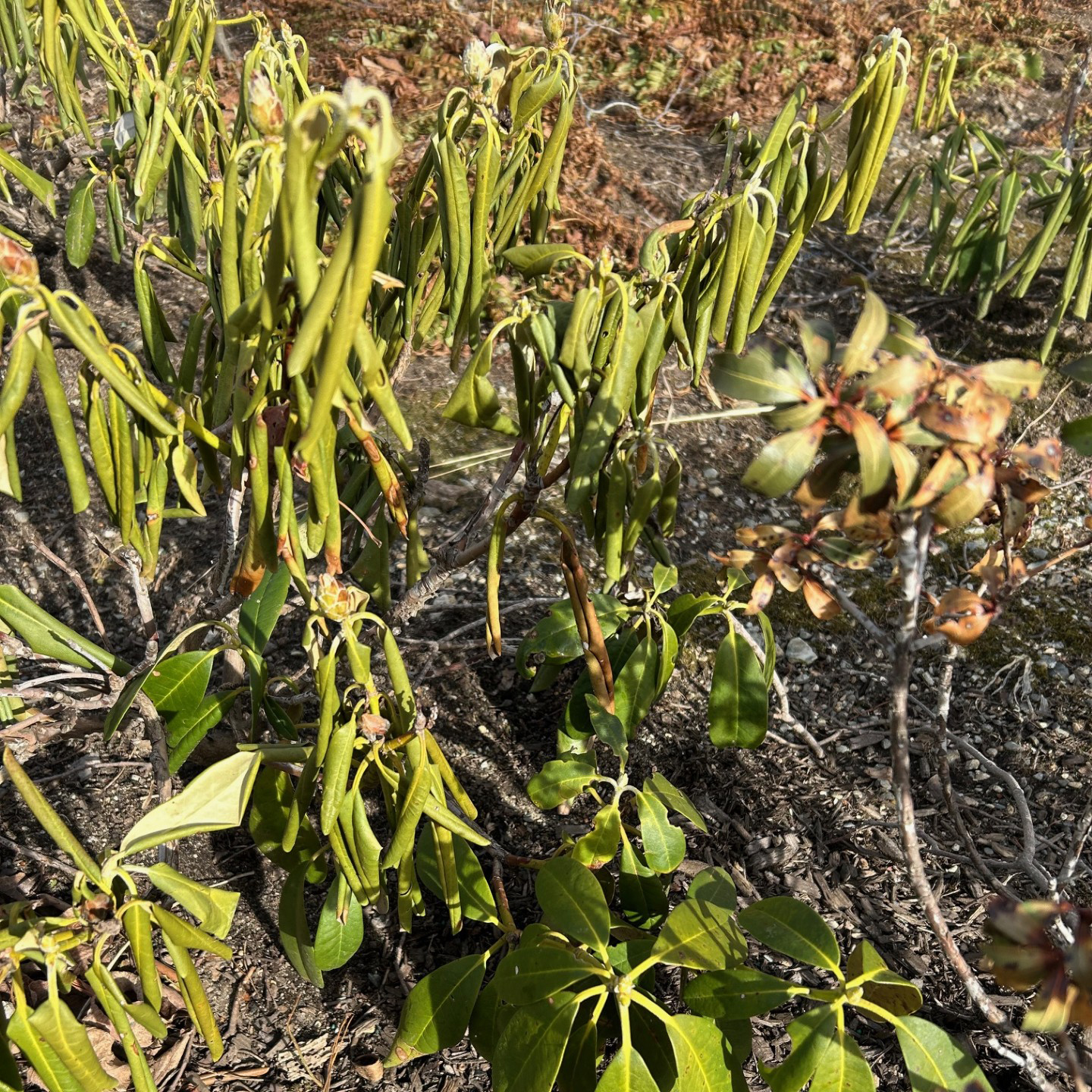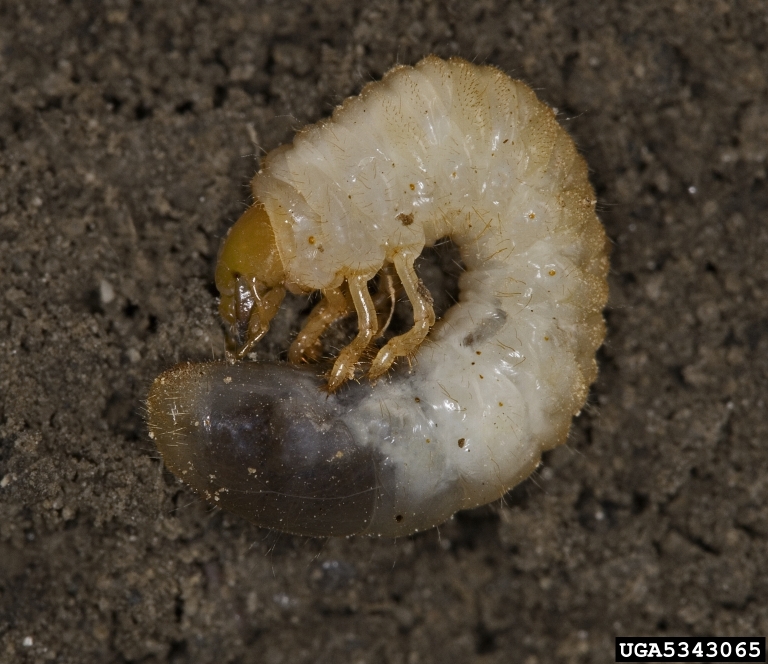
Late summer is the best time of year to combat the damage inflicted to turf roots by white grubs in the home lawn. Japanese beetles, rose chafers, and other tree and shrub defoliators mate in the July/ August period, followed by egg laying by female beetles. The eggs are typically placed in good quality irrigated turf that is highly maintained.
Hence, the best lawns in the neighborhood are usually the most frequently targeted. Since the newly hatched larvae can do considerable damage this fall before cold weather arrives, this is considered to be the best time of the year to treat grub infestations. When the grubs are young and close to the soil surface they are most vulnerable to chemical controls.
The control of choice for this time of the year is the chemical found in Bayer’s 24 Hour Grub Kill, Dylox. This insecticide is a contact material that needs to be watered in thoroughly to be effective. It is especially good at penetrating heavy thatch in older lawns and kills all species of white grubs. Once a damaging level of grub activity (5-7 grubs per square foot) has been verified by sampling in the lawn, treatment should begin as soon as possible.

